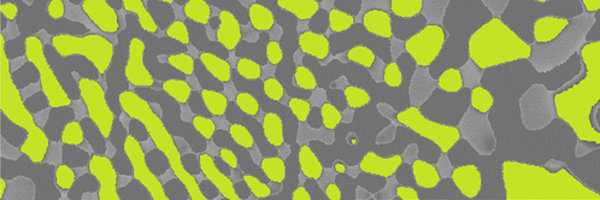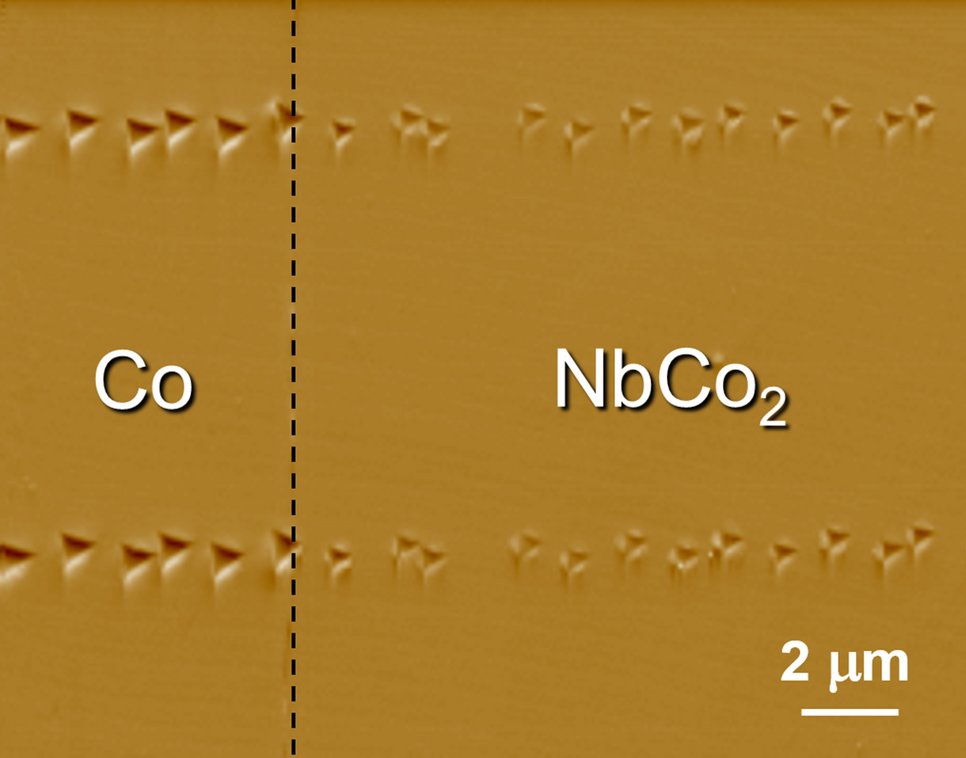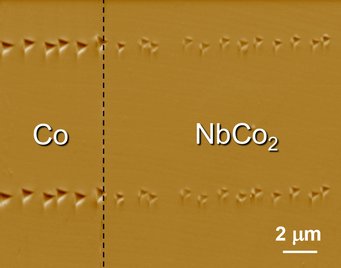
In situ micromechanical studies of intermetallic phases
By combining advanced characterization and mechanical testing of microsized, single-phase intermetallic samples through in situ micromechanical experiments inside an SEM or TEM, the mechanical response can be measured while simultaneously observing the microstructural changes. From these experiments, it is expected to get a much deeper insight in the complicated deformation mechanism of intermetallic phases, which is very much different from that in pure metals.
Alloys containing high-melting intermetallic phases are extensively studied candidates for new high-temperature, structural materials that can replace for example high-temperature steels in power plants or superalloys in various turbine applications. Precipitates of intermetallic phases also play an important role in many advanced multicomponent steels and can strongly affect the mechanical properties.
Intermetallic phases often have extended composition ranges and the limited literature on mechanical properties of intermetallic phases indicates that their mechanical properties strongly depend on composition. However, the underlying mechanism remains unknown and the knowledge about the plasticity of intermetallic phases and the way mechanical deformation proceeds in this important class of materials is quite incomplete. Therefore, the aim of the research project is to gain an improved general understanding of the mechanical behavior of intermetallic phases.

A major drawback and severe challenge of single-phase intermetallic materials is their distinct brittleness at room temperature, which is a common feature of intermetallic phases. The synthesis of single-phase bulk material with dimensions permitting macroscopic, standard mechanical testing procedures is rather difficult and thus information in the literature is scarce. Hence, the strategy to reach the goal is to cut microsized samples of different composition from diffusion couples containing zones of intermetallic phases with continuous composition gradient by FIB and to study micro-scale, single-phase and single-crystalline intermetallic samples by performing in situ micromechanical experiments.
